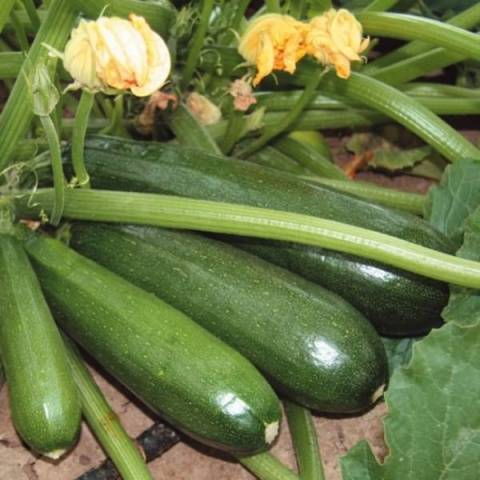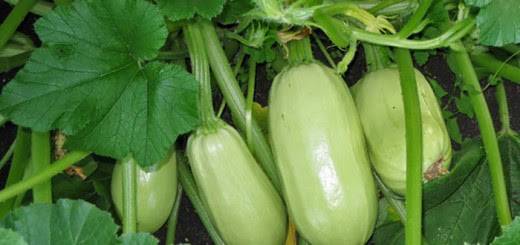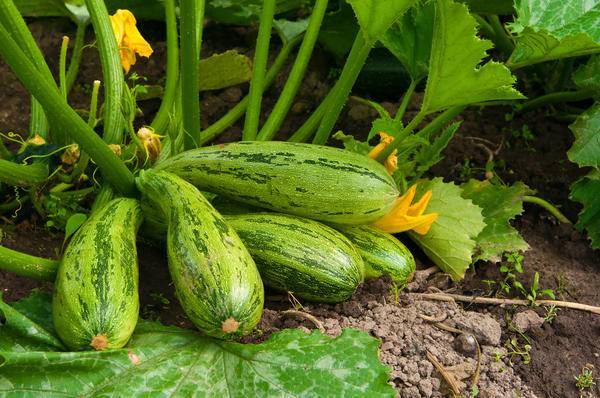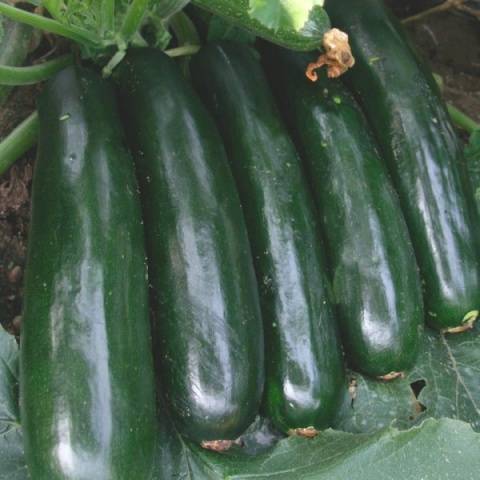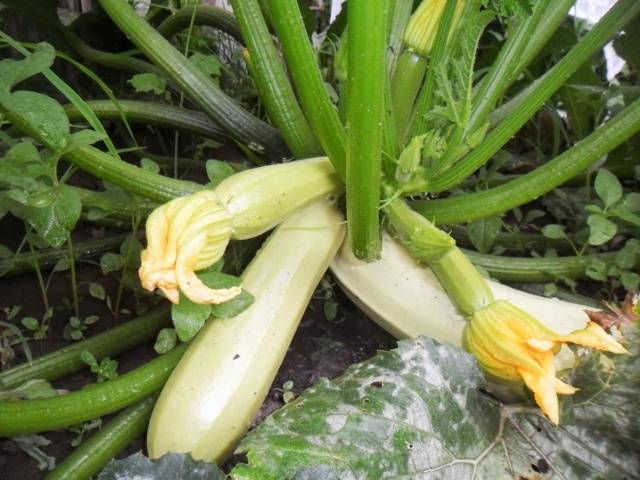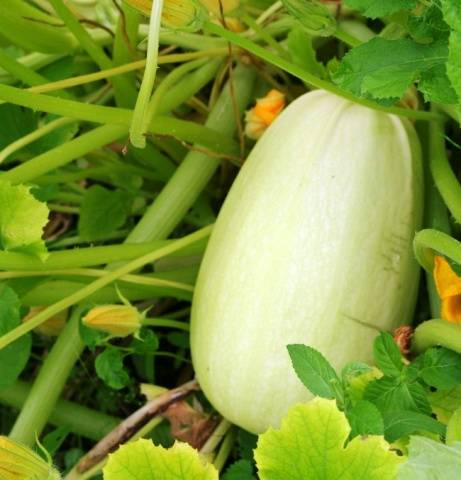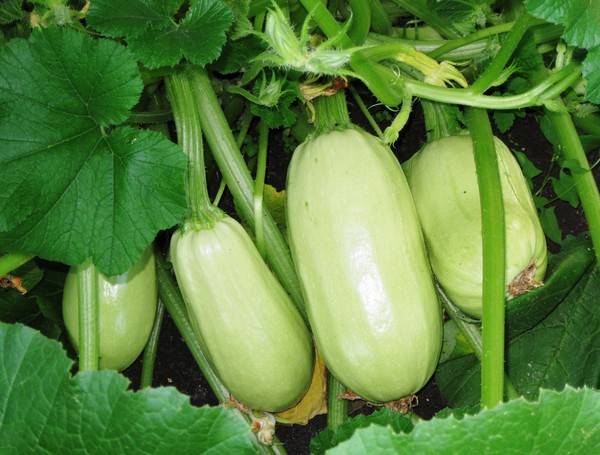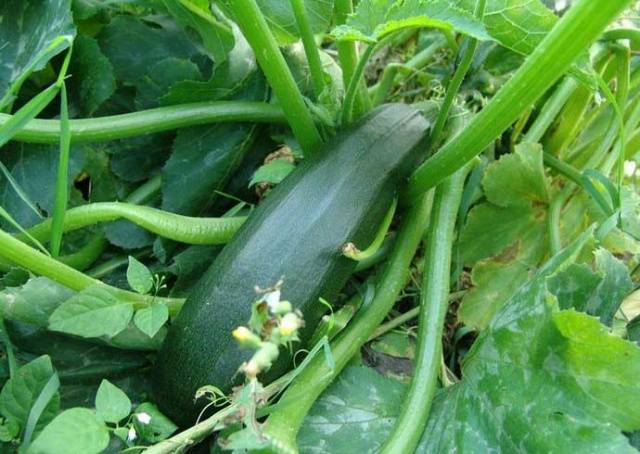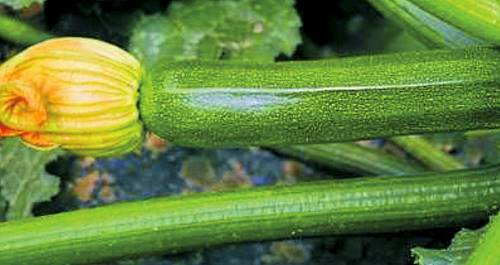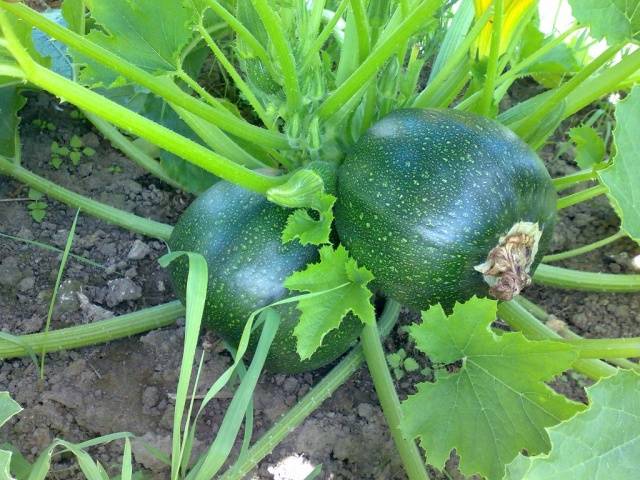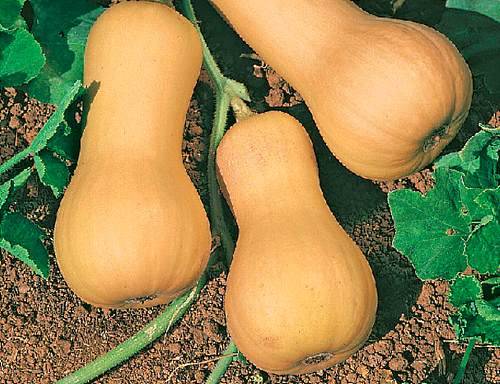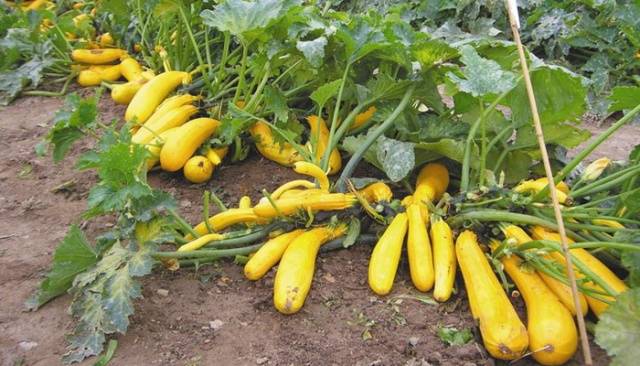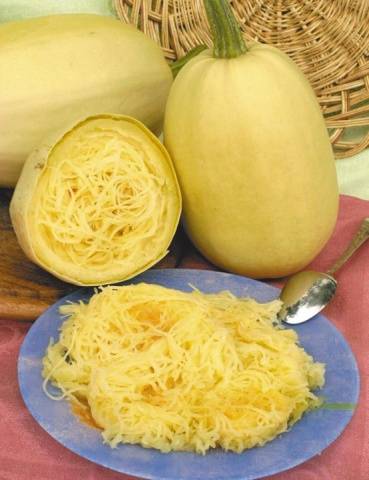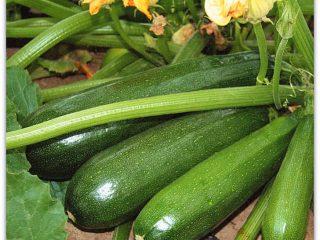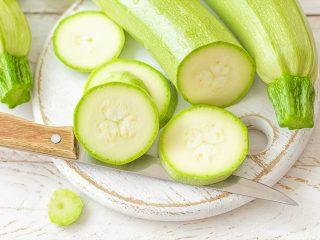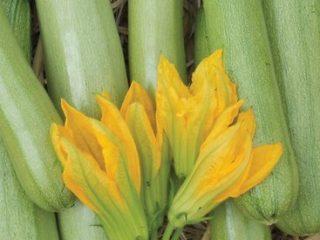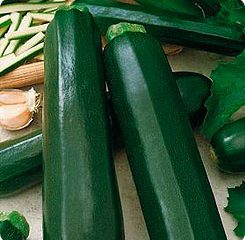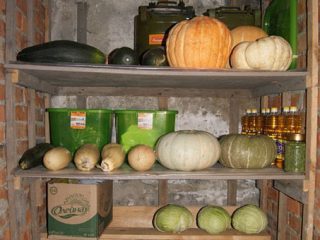Content
- 1 Climate properties of the Urals
- 2 Features of growing zucchini in the Urals
- 3 The best varieties of zucchini for the Urals
- 3.1 Variety of green squash (zucchini) Aeronaut
- 3.2 Hybrid Cavili F1
- 3.3 Zucchini variety Roller
- 3.4 Zucchini variety Gribovskie 37
- 3.5 Zebra zucchini variety
- 3.6 Zucchini variety Tsukesha
- 3.7 Hybrid zucchini Parthenon
- 3.8 Zucchini variety Ball
- 3.9 Pear-shaped zucchini variety
- 3.10 Zucchini variety Zolotinka
- 3.11 Spaghetti squash variety
- 4 Conclusion
Zucchini is rightfully considered one of the most unpretentious and undemanding crops grown in difficult domestic conditions. This is all the more surprising since they trace their ancestry back to Central America, specifically Mexico, known for its warm and humid climate, so different from Russia’s. But even within Russia there are regions that stand out for their harsh climatic and weather conditions. One of these is the Urals region. But, despite the difficult conditions for agriculture in general and crop production in particular, growing zucchini in this region is quite possible. In addition, good yields of this vegetable are achievable.
Climate properties of the Urals
Growing zucchini does not impose any special requirements on the climate or weather of the region. But it is still necessary to highlight the main climatic or weather conditions of the Urals.
It should also be taken into account that the Urals is a huge territory, the natural and climatic conditions in the north and south of which can vary greatly.However, common properties and characteristics are still present.
The Urals region, like almost the entire central zone of Russia, is considered by experts to be quite difficult for agriculture and crop production. The main features of such areas are a short and unstable warm season, rather early onset of stable cold weather and the possibility of early frosts.
Most of the above is a consequence of the sharply continental climate characteristic of almost the entire Ural region.
Features of growing zucchini in the Urals
Despite the rather difficult climatic and natural features of the Urals, the cultivation of zucchini mainly occurs using the same agricultural techniques as in most other Russian regions. This is due to the fact that the properties of zucchini are excellent for the domestic climate, allowing one to achieve good yields both in open ground and in closed ground conditions of film coverings.
However, some nuances need to be taken into account:
- use several different varieties when growing. This allows you to minimize possible losses in the event of crop failure of a particular variety;
- Even among undemanding and unpretentious zucchini, there is a division into early-ripening, cold-resistant and similar varieties. It is precisely these varieties and hybrids of zucchini that should be primarily used for cultivation in the Urals;
- pay special attention to the processes of plant pollination. This is caused, first of all, by a small number of warm and sunny days, when insects are especially active.Therefore, when using bee-pollinated zucchini varieties, it is necessary to use preparations specifically designed to stimulate the ovaries. Another way to solve the problem is to use self-pollinating or parthenocarpic varieties of zucchini (for example, Cavili, Astoria, etc., more about their properties below).
In principle, the specifics of growing zucchini in the Urals are limited to the short list of activities provided. Otherwise, everything happens almost the same as in other domestic regions.
One of the original ways to grow zucchini in the video:
The best varieties of zucchini for the Urals
In order to get a good harvest of zucchini in the Urals, you can use a fairly large number of a wide variety of varieties and hybrids.
Variety of green squash (zucchini) Aeronaut
Aeronaut is one of the most common in Russia. The combination of the following qualities brought him popularity:
- good yield (about 7 or more kg/sq. m);
- undemandingness and unpretentiousness to growing and care conditions, which distinguishes the variety even among generally undemanding zucchini;
- versatility of the method of consumption (can be used in salads, canned and pickled) combined with excellent taste properties;
- quite good resistance to diseases and viruses common to domestic conditions.
In addition, the fruit has a very attractive dark green color, sometimes containing a pattern of small light green dots.
Hybrid Cavili F1
The relatively recently introduced squash hybrid, Kavili, is high-yielding. The plant has a beautiful bush shape, often spotted.It is characterized by the presence of a large number of not very large fruits, rarely exceeding 25 cm in length. The most pleasant taste properties are acquired by fruits that have reached 16-20 cm in length.
Hybrid squash Kavili belongs to parthenocarpic, that is, it is able to bear fruit in relatively cold and rainy weather without any connection with insect activity. In addition, the hybrid has a long fruiting period (2 months), is ultra-early (the first harvest is after 35 days), and is suitable for both indoor and open ground.
Zucchini variety Roller
Refers to the traditional white-fruited varieties of zucchini. It has a compact bush structure, which is not inherent in all ordinary zucchini. The main advantages are:
- fairly high yield (one bush can bear up to 9 kg of fruit);
- excellent cold resistance. This quality allows experts to recommend for planting seeds in open ground in central Russia, including the Urals;
- has properties that allow its transportation and long-term storage.
Zucchini variety Gribovskie 37
One of the oldest and traditional varieties of white-fruited squash, which became widespread several decades ago and still holds its position. This is ensured by the following characteristics:
- early ripening. Begins to bear fruit after 40 days;
- extremely unpretentious and undemanding in terms of conditions and care;
- with a relatively low yield (about 4-5 kg from each bush), it is able to guarantee it even when the rest of the zucchini cannot withstand the unfavorable conditions of a particular season.
Gribovskie 37 has fruits of regular cylindrical shape, quite large, reaching a weight of 0.8-0.9 kg.
Zebra zucchini variety
The Zebra variety is an early variety and is intended primarily for cultivation in open ground conditions. It is famous and popular for its unusual fruit coloring - alternating quite bright and contrasting stripes of dark and light green. Despite the fact that it requires proper cultivation and care (therefore it is recommended for experienced gardeners), if these conditions are met, it can provide a consistently high yield (about 9 kg/sq. m), while being an early ripening variety (provides the opportunity to harvest the first harvest after 38 days) with excellent taste characteristics. The size of the fruit, as a rule, does not exceed 0.6-0.7 kg and, in addition to its memorable color, has the shape of a regular cylinder and a slightly ribbed surface structure.
Zucchini variety Tsukesha
An extremely popular variety of green zucchini, which is known not only for its funny and playful name, but also for a number of properties appreciated by domestic gardeners:
- productivity, one of the highest among all varieties of zucchini, reaching 12 kg per bush, and sometimes more;
- versatility of the method of use. It tastes great both fresh and after heat treatment or canning. It is especially valued by specialists in the latter processing option, since the structure of the fruit does not lose its shape and does not “creep” under the influence of high temperatures;
- good storage capacity (vegetables can be stored in the refrigerator for several months without any negative consequences).
Also among its positive properties is its suitability for cultivation in greenhouses and greenhouses, as well as in open ground conditions.
Hybrid zucchini Parthenon
The colored zucchini hybrid Parthenon is parthenocarpic, that is, it does not require pollination for fruit to appear. It has a classic dark green coloration with occasional spotting. The hybrid was developed by Dutch specialists and appeared quite recently. But thanks to its high yield, resistance to diseases, as well as high taste characteristics, it managed to receive positive reviews from Russian gardeners.
Zucchini variety Ball
An early ripening variety of zucchini, known mainly for the original shape of the fruit. It resembles, in accordance with the name, a ball, as it has a round shape. The color of zucchini is very similar to a regular pumpkin. However, in addition to its memorable appearance, the variety has taste characteristics that are appreciated by experts.
Pear-shaped zucchini variety
Another variety with an extremely original appearance. The fruits most closely resemble a pear in shape, most often have a yellow color, and the flesh of the fruit is a juicy bright orange color. The variety is universal in its method of consumption.
Zucchini variety Zolotinka
The external qualities of this zucchini variety are also reflected in its name. Zolotinka fruits have a very attractive, bright and, one might say, classic golden color. In addition to its extremely attractive appearance, the variety has the following advantages:
- refers to early ripening zucchini;
- is a high-yielding variety;
- Suitable for growing both indoors and outdoors.
The fruits are usually small, with an average weight of about 0.5 kg. One bush can bear up to 15 fruits.
Spaghetti squash variety
One of the most original varieties of zucchini, standing out even among the extreme diversity of types and varieties of vegetables. It got its name due to the property of the pulp, during heat treatment, to separate into separate rather long fibers, extremely similar to ordinary and well-known spaghetti.
Only fully ripened fruits acquire this property. In addition to originality, the advantages of the variety include its excellent ability to be stored until spring without losing any taste.
Conclusion
A huge variety of varieties and hybrids of zucchini suitable for growing vegetables in the difficult conditions of the Urals will allow every amateur gardener to choose the one that is most suitable for him.
